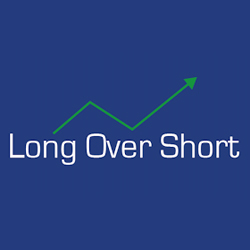In the ever-evolving financial landscape, Coinbase has quietly positioned itself as a major force, surpassing most U.S. banks in asset size. With an astounding $420 billion in assets under custody, the crypto exchange is no longer just a digital trading platform—it’s becoming a financial powerhouse. CEO Brian Armstrong envisions a future where cryptocurrency takes center stage in global finance, reshaping traditional banking and brokerage services. As Coinbase continues to expand its reach, its transformation signals a paradigm shift in how financial services operate, paving the way for a crypto-dominated financial ecosystem.

Coinbase Surpasses Banks, Paving the Way for a Unified Crypto-Powered Financial System
Coinbase (Nasdaq: COIN), the largest publicly traded cryptocurrency exchange in the U.S., has quietly strengthened its position in the financial industry, surpassing many traditional banks in terms of customer assets. On February 6, CEO Brian Armstrong revealed on social media platform X that Coinbase now holds approximately $420 billion in assets. He pointed out that if the company were considered a bank, it would rank as the 21st largest in the U.S. based on total assets with further growth expected.
Armstrong also compared Coinbase’s scale to major brokerages, explaining that if viewed from that perspective, the company would currently rank as the 8th largest brokerage by assets under management. Additionally, he acknowledged that determining Coinbase’s position in the payments sector was more complex. He noted that measuring its impact was challenging but referenced the $30 trillion in total stablecoin transactions recorded in the previous year, although not all were linked to goods and services.

Source: create.vista
According to Armstrong, cryptocurrency is blurring the traditional distinctions between banking, investing, and payments. He suggested that many of the historical reasons for these divisions in the conventional financial system were not necessarily justified. He further highlighted that Coinbase users increasingly utilize the platform for multiple financial services, including investing, spending, and borrowing.
Looking ahead, Armstrong expressed his belief that financial services would eventually consolidate into a single crypto-powered account capable of managing various financial needs. He envisioned a future where a greater portion of the global economy would operate on efficient blockchain-based systems, resulting in sound money, reduced transaction friction, and broader economic freedom.
His perspective aligns with Coinbase’s broader strategy to position itself as a key player in the evolving financial sector, directly competing with traditional banks, brokerages, and payment firms as digital-first financial institutions gain traction.
Learn from market wizards: Books to take your trading to the next level


 Hot Features
Hot Features












